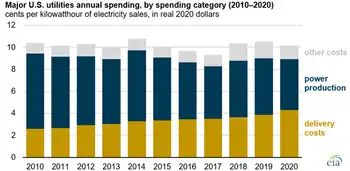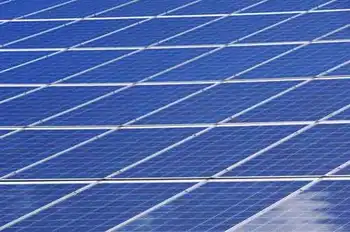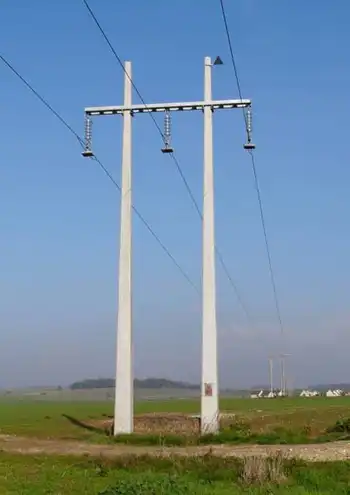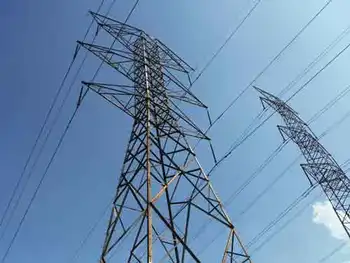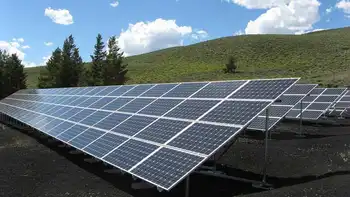WorldÂ’s first transmission voltage superconductor cable energized
By Electricity Forum
NFPA 70e Training - Arc Flash
Our customized live online or in‑person group training can be delivered to your staff at your location.

- Live Online
- 6 hours Instructor-led
- Group Training Available
The 138,000 volt (138 kV) system, which consists of three individual HTS power cable phases running in parallel, was energized on April 22 and is operating successfully in LIPAÂ’s Holbrook transmission right of way. The cable system, including six outdoor terminations for connection to LIPAÂ’s grid, was designed, manufactured and installed by Nexans, the worldwide leader in the cable industry.
The cable utilizes HTS wire produced by AMSC, which also is the prime contractor for the project. The 2,000-foot-long cable system is cryogenically cooled using a liquid nitrogen refrigeration system from Air Liquide.
The Department of Energy (DOE) previously funded $27.5 million of the $58.5 million total project cost, which advances the DepartmentÂ’s ongoing efforts, through the Office of Electricity Delivery and Energy Reliability, to modernize the NationÂ’s electricity delivery infrastructure.
The cable system contains hair-thin, ribbon-shaped HTS wires that conduct 150 times the electricity of similar sized copper wires. This power density advantage enables transmission-voltage HTS cables to utilize far less wire and yet conduct up to five times more power – in a smaller right of way – than traditional copper-based cables. When operated at full capacity, the new HTS cable system is capable of transmitting up to 574 megawatts (MW) of electricity, enough to power 300,000 homes.
HTS power cables are envisioned by the DOE as a component of a modern electricity superhighway – one that is free of bottlenecks and can readily transmit power to customers from remote generation sites, such as wind farms.
HTS cables conduct electricity with virtually no electrical losses, meaning more of the power generated at power plants gets to customers. Conventional power grids typically lose seven to 10 percent of power due to the inherent electrical resistance experienced with copper wires. The higher electrical efficiency of HTS cables provides a means to reduce carbon emissions while meeting the growing demand for electric power in the digital age.
Alternating current HTS power cables have inherently low impedance, which means they can draw power flow away from overtaxed conventional cables or overhead lines, thereby relieving network congestion. They can also be specially designed to have very low impedance (VLI) characteristics.
When deployed in strategic locations, VLI superconductor cables, such as the one currently operating in LIPAÂ’s power grid, can rapidly absorb additional power flows when conventional power grid components are damaged during electrical storms or other events. Because HTS cables are self-adjusting, they are expected to become core components of intelligent, more secure power networks.
LIPA is the third electric utility in the United States to have deployed an HTS cable system in its power grid. In the summer of 2006, National Grid and American Electric Power energized distribution voltage HTS power cable systems in Albany, New York and Columbus, Ohio, respectively.
At nearly half a mile in length, LIPAÂ’s HTS cable system is the longest of the three. It also is the first to operate at transmission voltages. After an initial operational period and following performance and economic reviews of the cable system, LIPA plans to retain the new superconductor cable as a permanent part of its grid.
In mid-2007, AMSC announced that it would lead the development of an extension of LIPAÂ’s HTS cable system. The new cable will be powered by AMSCÂ’s second generation (2G) HTS wire, branded as 344 superconductors. AMSC, who will again serve as the projectÂ’s prime contractor and wire supplier, has chosen Nexans as the cable manufacturer and Air Liquide as the provider of the cryogenics system.
The DOE plans to provide up to $9 million in cost sharing for the $18 million project.





